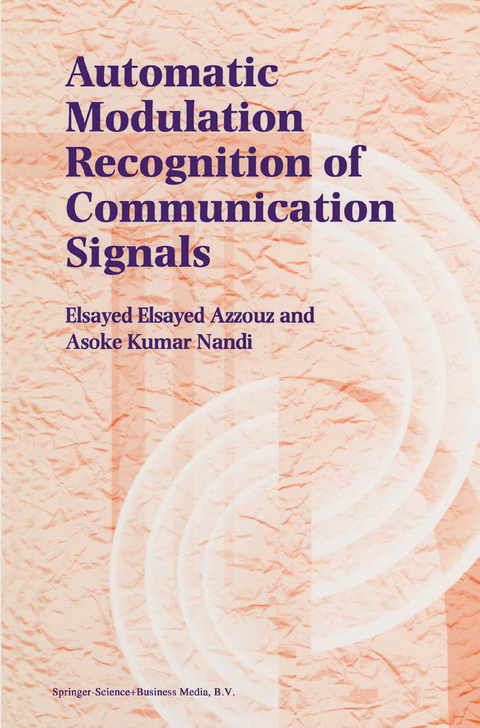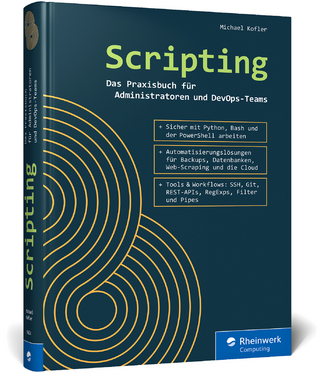
Automatic Modulation Recognition of Communication Signals
Springer-Verlag New York Inc.
978-1-4419-5166-3 (ISBN)
Automatic Modulation Recognition of Communications Signals is the first comprehensive book on automatic modulation recognition.
Automatic modulation recognition is a rapidly evolving area of signal analysis. In recent years, interest from the academic and military research institutes has focused around the research and development of modulation recognition algorithms. Any communication intelligence (COMINT) system comprises three main blocks: receiver front-end, modulation recogniser and output stage. Considerable work has been done in the area of receiver front-ends. The work at the output stage is concerned with information extraction, recording and exploitation and begins with signal demodulation, that requires accurate knowledge about the signal modulation type. There are, however, two main reasons for knowing the current modulation type of a signal; to preserve the signal information content and to decide upon the suitable counter action, such as jamming. Automatic Modulation Recognition of Communications Signals describes in depth this modulation recognition process.
Drawing on several years of research, the authors provide a critical review of automatic modulation recognition. This includes techniques for recognising digitally modulated signals. The book also gives comprehensive treatment of using artificial neural networks for recognising modulation types.
Automatic Modulation Recognition of Communications Signals is the first comprehensive book on automatic modulation recognition. It is essential reading for researchers and practising engineers in the field. It is also a valuable text for an advanced course on the subject.
1 Introduction.- 2 Recognition of Analogue Modulations.- 3 Recognition of Digital Modulations.- 4 Recognition of Analogue & Digital Modulations.- 5 Modulation Recognition Using Artificial Neural Networks.- 6 Summary and Suggestions for Future Directions.- A Numerical problems associated with the evaluation of the instantaneous amplitude, phase and frequency.- A.1 Choice of sampling rate.- A.2 Speed of computation.- A.3 Weak intervals of a signal segment.- A.4 Phase wrapping.- A.5 Linear-phase component.- A.6 Numerical derivative.- B Carrier frequency estimation.- B.1 Frequency-domain estimation.- B.2 Time-domain estimation.- B.3 Simulation results.- C Alternative Algorithms for Modulation Recognition.- C.1 Analogue modulation recognition algorithms.- C.2 Digital modulation recognition algorithms.- C.3 Analogue & digital modulation recognition algorithms.
| Erscheint lt. Verlag | 1.12.2010 |
|---|---|
| Zusatzinfo | XVIII, 218 p. |
| Verlagsort | New York, NY |
| Sprache | englisch |
| Maße | 155 x 235 mm |
| Themenwelt | Mathematik / Informatik ► Informatik ► Netzwerke |
| Naturwissenschaften ► Physik / Astronomie ► Mechanik | |
| Technik ► Elektrotechnik / Energietechnik | |
| Technik ► Nachrichtentechnik | |
| ISBN-10 | 1-4419-5166-0 / 1441951660 |
| ISBN-13 | 978-1-4419-5166-3 / 9781441951663 |
| Zustand | Neuware |
| Haben Sie eine Frage zum Produkt? |
aus dem Bereich


